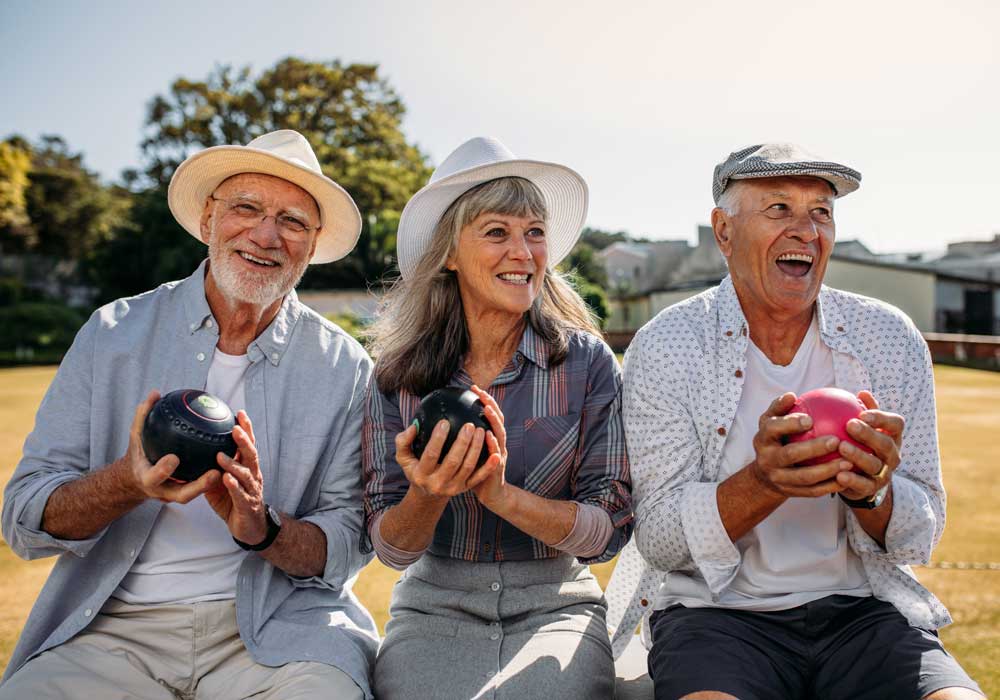Dementia, a collective term for cognitive disorders affecting memory, thinking, and daily functioning, comes in various forms and subtypes. As our population ages, the prevalence of this condition is on the rise, making it crucial to understand and address the nuances of each subtype.
One particularly perplexing subtype is mixed dementia, which presents a unique challenge for patients and healthcare professionals because of its diverse origins. Recognizing the need to demystify this condition is the first step toward providing better care and support for those affected, and we’re here to help.
What Is Mixed Dementia?
Mixed dementia is a condition where an individual exhibits symptoms of more than one type of dementia, including Alzheimer’s disease, vascular dementia, and sometimes other forms.
Vascular disease, specifically high blood pressure, plays a significant role in the development and progression of this condition.
Common Types of Mixed Dementia
Several types of this condition exist, each causing various symptoms. Below, we’re exploring some of the most common types.
Alzheimer’s Disease and Vascular Dementia
This type includes a mix of Alzheimer’s disease and vascular dementia. Alzheimer’s disease, which is marked by amyloid plaques and tau tangles, combines with vascular dementia’s impaired blood flow, causing a decline in cognitive function. High blood pressure is a significant risk factor.
Lewy Body Dementia and Alzheimer’s Disease
In this combination, Lewy bodies and Alzheimer’s pathology intertwine, resulting in symptoms such as:
- Visual hallucinations
- Limited mobility
- Tremors
- Fluctuating cognitive states
How Is Mixed Dementia Diagnosed?
A diagnosis of these conditions requires a multidisciplinary approach to accurately assess symptoms and differentiate them from other forms. Most often, it is diagnosed through a comprehensive process, including:
- A thorough medical history assessment
- Physical examination
- Cognitive testing
- Neuropsychological assessment
- Brain imaging, including MRI, CT, and PET scans
- Blood tests
- Genetic testing
While advances in diagnostic technologies and clinical assessments have improved the ability to diagnose these conditions during a person’s lifetime, there are still instances where the complexity of the condition or overlapping symptoms may make it challenging to distinguish between different types definitively. Because of this, there are times this condition may not be detected until an autopsy study is completed.
Treatments for Mixed Dementia
Managing this condition involves addressing each form’s specific dementia symptoms and causes. While there is no cure, various treatments and interventions aim to enhance quality of life and slow the condition’s progression.
Medications
Cholinesterase inhibitors and memantine are prescribed to manage cognitive symptoms, especially in cases where vascular and Alzheimer’s components are at play.
Lifestyle Interventions
Lifestyle interventions, including regular exercise and a balanced diet, are crucial for managing risk factors like high blood pressure.
Supportive Therapies for Caregivers
For caregivers dealing with the challenges of this condition, stress management and support groups play a vital role.
Bridges® Memory Care at Waterstone on High Ridge
Navigating a dementia diagnosis of any kind can be overwhelming, but it doesn’t have to be. Waterstone on High Ridge is here to help with expert information and the support you need to provide the best care possible for your loved one. Join us for an upcoming event, or reach out to our team to schedule a visit to our Bridges® memory care residences.
Within our Bridges® memory care residences, we care for your loved one through every stage, delivering compassionate support and enriching programming. Within our residences, those with memory loss have access to:
- Beautifully designed memory care suites
- 24-hour licensed nursing support
- A highly trained, compassionate memory care team
- Daily routine assistance – including with dressing, eating and socializing
- Three nourishing chef-prepared meals daily
- Stimulating activities to enhance cognitive and physical abilities
Contact us to learn more today.













